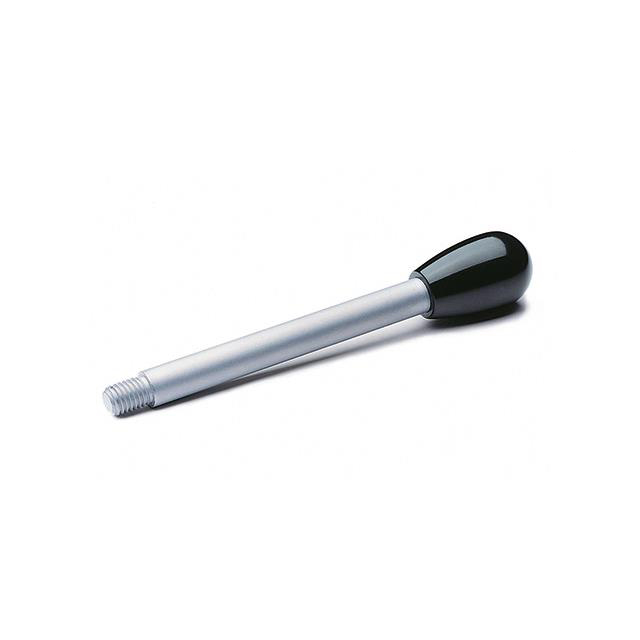
Pololu Corporation
Pololu Corporation is a leading manufacturer of robotics and electronics components, providing a wide range of products to hobbyists, engineers, and businesses. Founded in 2000, the company has grown to become a trusted supplier known for its quality, affordability, and innovation. Pololu's products include motor controllers, sensors, microcontrollers, power supplies, and chassis designed to facilitate the development of robots, drones, and other electronic projects. The company's focus on open-source hardware and software has created a vibrant community of users who share their knowledge and expertise. Pololu's commitment to customer support is evident through their extensive resources, including technical documentation, user forums, and project examples. With a global presence and a team of experienced professionals, Pololu continues to provide cutting-edge solutions that empower individuals and businesses to bring their ideas to life.
Video Cables (DVI, HDMI)
Results:
1
Series
Sensitivity
Sensor Type
Supplied Contents
Voltage - Supply
Utilized IC / Part
Embedded
Sensing Range
Interface
Results remaining:1
Applied Filters:
Pololu Corporation
About Video Cables (DVI, HDMI)
Video cables, such as DVI and HDMI cables, play a crucial role in connecting video sources and displays, facilitating the transmission of high-quality audio and video signals. These cables are equipped with interconnects on one or both ends, allowing seamless integration with a wide array of video devices and peripherals. The key characteristics of video cables include the connector type, cable length, cable type, shielding, and intended usage for specific applications. Connector type is a critical feature of video cables, as it determines compatibility and functionality with different video sources and display devices. Common connector types include DVI (Digital Visual Interface) and HDMI (High Definition Multimedia Interface), each tailored to specific connectivity requirements. Cable length is an important consideration, as it determines the reach and flexibility of the video connection. Video cables are available in various lengths to accommodate different spatial configurations and setup preferences. The cable type refers to the specific construction and design of the cable, including the arrangement and materials of the internal conductors, insulation, and outer jacket. Different cable types are optimized for specific video transmission needs and environmental conditions. Shielding is a critical feature of video cables, as it helps minimize electromagnetic interference (EMI) and radio frequency interference (RFI), ensuring clean and reliable signal transmission for high-quality video and audio. Video cables find diverse applications across various usage scenarios, including CCD camera connections, digital visual interfaces, high-definition multimedia interfaces, multimedia setups, patching applications, and integration with devices such as Raspberry Pi. In summary, video cables, including DVI and HDMI cables, serve as essential components for establishing reliable and high-quality video connections between sources and displays. With considerations for connector type, cable length, cable type, shielding, and diverse usage scenarios, these cables provide versatile solutions for a wide range of video integration and transmission needs.

